Dissertation Chapter on Routing in VANET:
In the recent past, a couple of routing protocols for VANET have been proposed. In this research, we focus on the most vital ones.
GSR (Geographic Source Routing)
This protocol has been put forward as the promising routing strategy suitable for vehicular ad hoc networks in urban environments. It is dependable on the availability of a map and the shortest path is computed on the overlaid graph using the vertices as the junction nodes and boundaries as the streets that join the vertices. The progression of junctions creates the route to the destination hence allowing packets to be sent greedily between junctions. When using GSR, the connectivity between two junctions is not taken into consideration; therefore there might not be a connected route through the two junctions. Research has shown that this type of routing protocol is much more effective than AODV and DSR in packet delivery ratio. In heavily populated networks, GSR works better and forwards the packets since most roads are connected.
Greedy Perimeter Coordinator routing (GPCR)
This protocol completely eliminates the node planarization that could be inaccurate and cumbersome. In this model with the help of planar graph and the underlying roads, packets are transferred by nodes to the farthest place possible along the roads in both greedy and perimeter approaches, and only stop at intersections to make decisions on which road segments to turn to next. The figure below demonstrates GPCR forwarding in which node A is capable of forwarding packets to node B at crossroads despite the fact that node A’s radio range envelops node C as well.
This protocol is designed to address the challenges of city scenarios. It does not need global information such as static street map for it to function. The major concept that GPCR uses is using restricted greedy forwarding procedure to send data packets. This therefore implies that a coordinator node is preferred to a non-coordinator node when picking the next hop even though it might not be the closest node to the destination. This method reduces the imprecision of node planarization and increases routing performance as packets cover shorter leaps in the perimeter form. GPCR uses two heuristics to ascertain whether a node is a junction. The foremost heuristic employs beacon communication and ascertains a node x is situated at an intersection if it is surrounded by two neighbors y and z that are in each other’s ranges but do not recognize each other as neighbors. An almost 0 correlation coefficient indicates lack of linear relationship between the neighbors’ positions. This implies the node is located at a junction.
Gpsrj+-gets rid of the pointless junction stops while maintaining the efficient planarity of topological maps. Under this, a two-hop neighbor beaconing is used to envisage which road section the neighboring connection node will take. If there is an indication that the neighboring junction would forward the packet onto a road with a dissimilar course, it is forwarded to the junction node; or else the junction is bypassed and the packet forwarded to the furthest neighboring node.
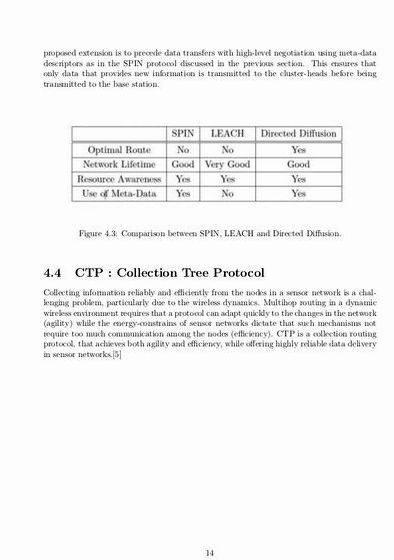
The figure above indicates that Gpsrj+ is capable of bypassing the junction region and forward the packet to node E straightforwardly, however GPCR sends it to the intersection B, therefore causing more broadcasts. To ascertain the most appropriate direction, Gpsrj+ employs the right hand rule and hence the best forwarding node. That is, if the furthest node and the best direction are in the same direction, the best forwarding node is the furthest node; or else, it is a junction node. Gpsrj+ improves packet delivery ratio of GPCR and lessens the hop counts in the recovery mode by 200% compared to GPSR.
GySTAR
This protocol takes into account that each vehicle in the network is aware of its own location. Moreover, the sending node ought to be aware of the present geographical location of the destination so as to make the routing decision. Additionally. we take into account that each vehicle is capable of determining the location of its neighboring junctions via pre-loaded digital maps, providing street-level map.
GySTAR is a new junction-based geography routing procedure with the capability of discovering strong routes within the urban setting.
Junction selection
In this protocol, the dissimilar intersections that the packet has to navigate so as to reach the destination are dynamically selected one by one, taking into account both the vehicular transfer disparity and distance to destination: when choosing the subsequent destination junction, a node searches for the location of the neighboring junctions with the map. Each junction is given a score taking into consideration the traffic concentration and the curvemetric distance to the target. The figure below shows the selection of the next junction on a street. The moment vehicle A receives a packet, a score of every neighboring junction is calculated. Bearing in mind its curvemetric distance to the target and the traffic concentration, the 2nd junction would have the highest score hence it would be selected as the next anchor.
Data forwarding between two junctions
Once the destination junction is ascertained, the enhanced greedy strategy is employed in forwarding packets towards the preferred junctions. A neighbor table is maintained by each vehicle, noting the location, bearing and velocity of every neighbor vehicle. The table is occasionally updated via messages passed between the vehicles. Hence on receiving a packet, the new forecasted position for every neighbor is calculated by the forwarding vehicle using the recorded information(location, bearing and velocity) and then chooses the subsequent hop neighbor. This is shown in the figure below. Vehicle (1) is moving in similar direction as the forwarding vehicle with a higher speed than vehicle (2). It will hence obtain the forwarded message considering that it is the closest to the junction at time (t2). Nevertheless. if prediction is not used, vehicle (4) would be chosen by the forwarding vehicle to be the next hop in place of vehicle (1) given that at the time t1 it is the nearest to the target junction.
Feel free to contact our professional dissertation writing service if you need a custom dissertation or thesis paper written by PhD and Master’s writers!
Leave a Reply Cancel reply


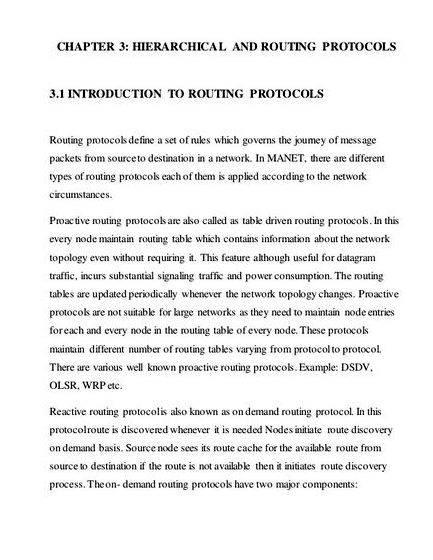



 Different chapters in thesis proposal
Different chapters in thesis proposal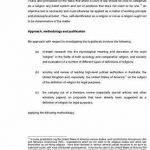 We carefully considered your proposal and thesis
We carefully considered your proposal and thesis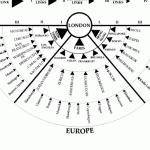 Saskia sassen global city thesis proposal
Saskia sassen global city thesis proposal Master thesis proposal presentation ppt des
Master thesis proposal presentation ppt des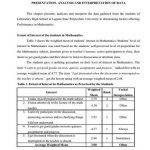 Data analysis and interpretation thesis proposal
Data analysis and interpretation thesis proposal






